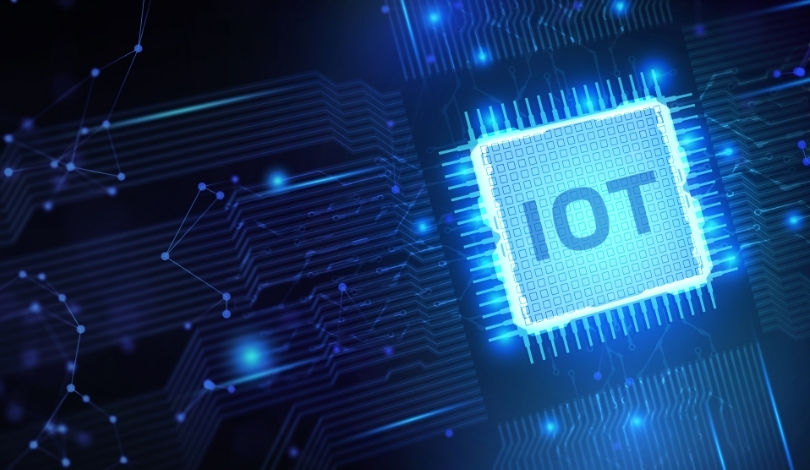The landscape of Internet of Things (IoT) devices is set to undergo a significant transformation by 2030, driven by advancements in energy-harvesting technologies. Ambient-powered IoT devices, which rely on environmental energy sources, are projected to reach 1.1 billion shipments, according to ABI Research. This growth is fueled by innovations in power generation and management, enabling more sustainable and maintenance-free solutions across various industries.
Recent developments have shown a marked increase in the efficiency and scalability of energy-harvesting components. Compared to earlier projections, the current trend highlights a more diverse range of energy sources and improved integration techniques, making Ambient IoT devices more viable for widespread adoption. This shift reflects a broader industry movement towards sustainable and autonomous device operation.
What Drives the Advancement of Energy Harvesting Technologies?
Advancements in energy conversion methods and power management circuits are at the core of this growth. Companies like Wiliot, Exeger, and Energous are pioneering power generator designs that efficiently convert various ambient energy sources into usable power. Additionally, PMIC manufacturers such as e-peas and Nexperia are developing versatile chips capable of managing multiple energy inputs, enhancing the reliability and functionality of Ambient IoT devices.
Which Energy Sources Will Dominate Ambient IoT Devices?
Photovoltaic (PV) harvesting is expected to be the leading energy source, accounting for 57% of Ambient IoT device shipments by 2030. Radio Frequency (RF) harvesting follows with a 36% share, while piezoelectric and thermoelectric harvesting are projected to contribute 4% and 3%, respectively. These diverse energy sources allow for flexible integration depending on the device’s environment and application needs.
How Will Energy Harvesting Impact the IoT Ecosystem?
The integration of energy harvesting technologies is set to revolutionize the IoT ecosystem by enabling battery-free and hybrid devices. This shift reduces maintenance costs and extends the operational lifespan of IoT networks, particularly in large-scale deployments. As Jonathan Budd of ABI Research notes, the potential for autonomous operation is particularly attractive for managing extensive IoT infrastructures.
The transition to energy-harvesting Ambient IoT devices presents both opportunities and challenges. Ensuring compatibility across different energy sources and achieving cost-effective manufacturing are critical factors that will determine the pace of adoption. Stakeholders must collaborate to standardize technologies and demonstrate the long-term economic benefits of energy harvesting.
As the IoT landscape continues to evolve, the emphasis on sustainable and efficient power solutions will play a pivotal role in shaping the future of connected devices. Energy harvesting not only addresses environmental concerns but also enhances the scalability and reliability of IoT networks, making it a cornerstone of next-generation technology.










